Principles of Cost Accounting 17th Edition by Edward J Vanderbeck Maria R Mitchell – Test Bank
Chapter 4
|
1. Factory overhead includes: a. Indirect labor but not indirect materials. b. All manufacturing costs except direct materials and direct labor. c. All manufacturing costs. d. Indirect materials but not indirect labor. ANSWER: b RATIONALE: Factory overhead includes all manufacturing costs, except direct materials and direct labor. Because of the variety and number of items that can be classified as factory overhead, this “except” definition is often used to define and classify factory overhead costs and expenses. POINTS: 1 DIFFICULTY: Easy LEARNING OBJECTIVES: PRIN.EDWA.16.1 – Introduction ACCREDITING STANDARDS: AACSB Analytic OTHER: Bloom’s: Remembering |
|
2. Which of the following costs would be included in factory overhead in the manufacture of a student’s desk? a. The wages of the operator of the machine that bends the metal legs of the desk into shape. b. The wages of the forklift operator who moves desks from one manufacturing station to the next. c. The cost of the plastic used to form the writing surface. d. The wages of the worker who assembles the components. ANSWER: b RATIONALE: The plastic used to form the writing surface of the desk is a direct material as it can be traced directly to the finished product. The wages of the machine operator and the assembly worker are direct labor costs as they add value to the product. The wages of the forklift operator would be classified as indirect labor as s/he does not actually work on the products themselves. Indirect labor is included in factory overhead. POINTS: 1 DIFFICULTY: Moderate LEARNING OBJECTIVES: PRIN.EDWA.16.1 – Introduction ACCREDITING STANDARDS: AACSB Reflective Thinking OTHER: Bloom’s: Understanding |
|
3. Which of the following costs would not be included in factory overhead in the manufacture of a student’s desk? a. The oil used to maintain the machinery. b. The salary of the supervisor of the Assembly department. c. The wood used to form the top of the desk. d. The wages of personnel who perform inspections of incoming materials. ANSWER: c RATIONALE: The metal used to form the legs of the desk would be a direct material, and therefore would not be included as factory overhead. POINTS: 1 DIFFICULTY: Moderate LEARNING OBJECTIVES: PRIN.EDWA.16.1 – Introduction ACCREDITING STANDARDS: AACSB Reflective Thinking OTHER: Bloom’s: Understanding |
|
4. Costs that vary in proportion to volume changes, but not directly are considered: a. semivariable costs. b. factory overhead costs. c. variable costs. d. personnel costs. ANSWER: a RATIONALE: Costs that vary in proportion to changes in volume are variable costs. Those that have components of both fixed and variable costs are referred to as semivariable costs, POINTS: 1 DIFFICULTY: Easy LEARNING OBJECTIVES: PRIN.EDWA.16.21 – LO 4:1 ACCREDITING STANDARDS: AACSB Analytic OTHER: Bloom’s: Remembering |
|
5. Costs that remain the same, in total, when production levels change are: a. fixed costs. b. semivariable costs. c. direct labor costs. d. factory burden costs. ANSWER: a RATIONALE: Costs that remain the same, in total, when production levels change are fixed costs. POINTS: 1 DIFFICULTY: Easy LEARNING OBJECTIVES: PRIN.EDWA.16.21 – LO 4:1 ACCREDITING STANDARDS: AACSB Analytic OTHER: Bloom’s: Remembering |
|
6. The following cost is an example of a variable factory overhead cost: a. Plant utilities. b. Maintenance costs. c. Salary of the plant manager. d. Factory supplies. ANSWER: d RATIONALE: The cost of factory supplies is considered variable because the cost moves in proportion with production volumes. The salary of the plant manager and insurance are fixed costs as they remain constant despite changes in plant volumes. Plant utilities are a Type B semi-variable cost because this cost includes both fixed and variable components. POINTS: 1 DIFFICULTY: Moderate LEARNING OBJECTIVES: PRIN.EDWA.16.21 – LO 4:1 ACCREDITING STANDARDS: AACSB Reflective Thinking OTHER: Bloom’s: Understanding |
|
7. Variable overhead costs include all of the following except: a. Electricity to power machinery. b. Factory supplies. c. Rental of factory building. d. Small tools. ANSWER: c RATIONALE: The rent paid for the factory would not vary with production levels. The costs of electricity, indirect materials and small tools would increase as production levels increased. POINTS: 1 DIFFICULTY: Easy LEARNING OBJECTIVES: PRIN.EDWA.16.21 – LO 4:1 ACCREDITING STANDARDS: AACSB Reflective Thinking OTHER: Bloom’s: Understanding |
|
8. Fixed factory overhead costs include: a. Property taxes. b. Plant manager’s salary. c. Factory insurance. d. All of these are correct. ANSWER: d RATIONALE: Fixed factory overhead costs include factory property taxes, plant manager’s salary, insurance on factory and equipment. POINTS: 1 DIFFICULTY: Easy LEARNING OBJECTIVES: PRIN.EDWA.16.21 – LO 4:1 ACCREDITING STANDARDS: AACSB Reflective Thinking OTHER: Bloom’s: Understanding |

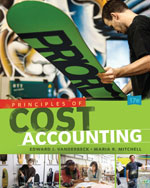
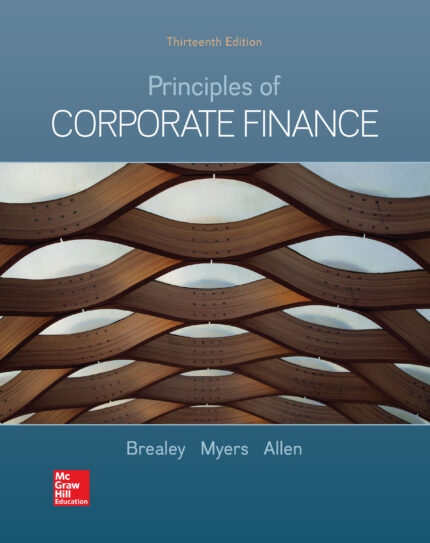
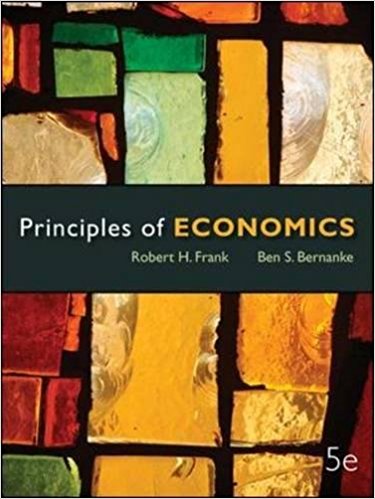



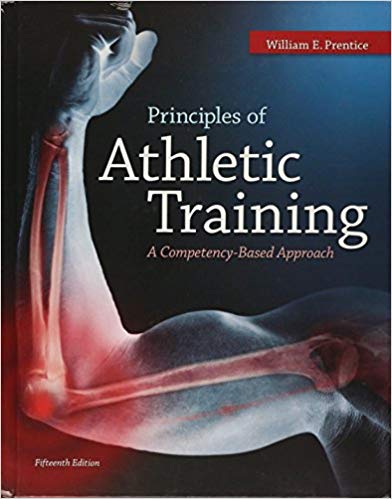



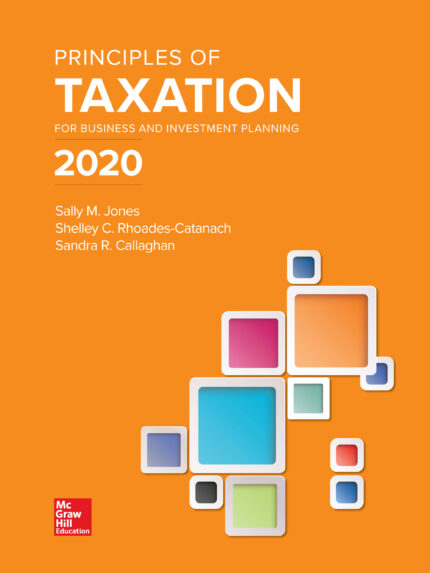

Reviews
There are no reviews yet.